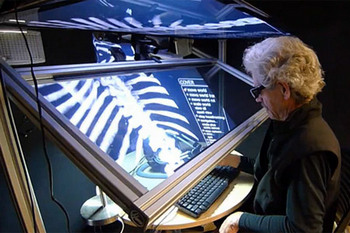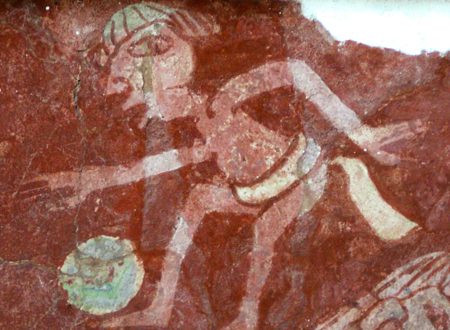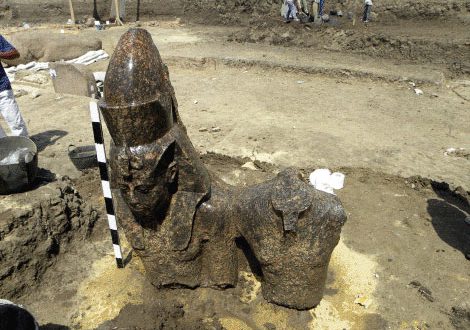 From May 3rd until June 10th, the Ipswich Museum is hosting a free sneak preview of 2,000-year-old Iron Age gold coins once belonging to Boudicca’s Iceni tribe. The 200 coins on display are part of the Wickham Market hoard, discovered in 2008.
From May 3rd until June 10th, the Ipswich Museum is hosting a free sneak preview of 2,000-year-old Iron Age gold coins once belonging to Boudicca’s Iceni tribe. The 200 coins on display are part of the Wickham Market hoard, discovered in 2008.
The Wickham Market hoard consists of 840 Iron Age gold coins which makes it the largest the largest hoard of its type found in Britain since 1849 (and is featured in our Top 10 Metal Detector Discoveries). Almost all of the coins belong to the Iceni tribe but five of them were ‘issued’ by a neighbouring tribe from Lincolnshire, the Corieltauvi. The hoard dates from between 20 BC and AD 20 about 40 years before queen Boudicca led her famous revolt against the Romans, which saw the destruction of the Roman towns of Colchester, London and St Albans.
It is thought that the coins were buried by members of the Iceni tribe whose kingdom covered Norfolk, north Suffolk and parts of Cambridgeshire. It is unknown why they buried the coins. Possibly the 840 coins were an offering to the gods, yet more likely is that the treasure was buried for safe keeping in troubled times. In that period, Cunobelin, leader of the Hertfordshire based Catuvallauni, had already taken over the Trinovantes tribe of south Suffolk and Essex and were looking to expand into Iceni territory. His attempt was unsuccessful but it may have been enough to worry people living near to the tribal borders.
The Iron Age coins would not have been not used like money is today. The coins were a form of portable wealth, likely given to loyal warriors who served their tribal leaders. Each Iron Age tribe produced its own coins, complete with their own designs. Nowadays, archaeologists are able to plot tribal territories and understand the political landscape of Britain on the eve of the Roman invasion by tracking the spread of coin.
Caroline McDonald, Curator of Archaeology at the Ipswich Museum, is particularly excited by the ancient coins’ arrival.
Suffolk earth has revealed some of the nations most outstanding treasure finds in recent decades. The amazing Anglo-Saxon ship burial at Sutton Hoo in 1939, the stunning silver Roman dinner service found at Mildenhall during World War II and more recently the Hoxne hoard of Roman coins and artefacts found in the 1990s. All of these finds are now in London at the British Museum. The opportunity to purchase the Wickham Market coin hoard is the first time we could retain a national treasure in Suffolk, she points out.
It will be far better appreciated and understood here and gives everyone in the county something to be proud of.

The Colchester and Ipswich Museum Service has until the end of June to raise 300,000 to purchase the hoard from the Crown, and began the fund-raising process by applying to the countrys major funders of heritage and the arts. However, Caroline urges everyone to come and see the coins while they are on display at the Ipswich Museum.
Colchester and Ipswich Museum has an outstanding record for fund-raising but until we raise all of the money this may be the only chance to see some of the hoard on display in Suffolk. This is our history at its finest so come and share in the excitement.
Ipswich Museum, located in High Street, is open Tuesday to Saturday 10-5pm and visiting is free of charge. Currently, the museum isn’t formally asking the public to contribute towards the purchase of the Wickham Market hoard, but if you do wish to help save this outstanding archaeological treasure for the nation and people of Suffolk, you can make a donation at the front desk.





